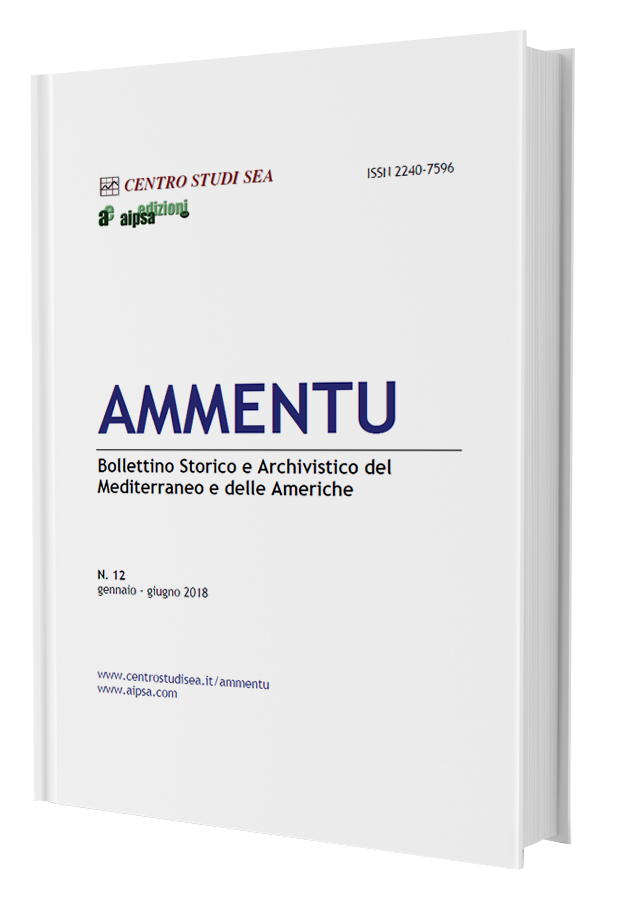The cultural representation of the Spanish-Moroccan War
DOI:
https://doi.org/10.19248/ammentu.309Keywords:
Spanish-Moroccan war, Pedro Antonio de Alarcón, Mariano Fortuny, Diario de un testigo de la guerra de África, La batalla de TetuánAbstract
The Spanish-Moroccan War implied the start of the colonial development in Morocco in the 19th century when the European colonialist countries (especially the United Kingdom and France) divided Africa, although it was not until 1912 that the Spanish Protectorate of Morocco was established.But this war was essential because in the national imaginary it was established as the moment in which the Spanish nation was recomposed to return to be a great Empire. Despite the result of the war being disappointed, it was a moment of development of the Spanish patriotism.
Consequently, the war aroused enormous interest among the population. The interest also was very important in the cultural field, which served to show to the population the development of the war between the Spanish troops and the Moroccans. In addition, some of the works tried to represent the Moroccan society to understand this territory that was the principal colonial interest of Spain. Pedro Antonio de Alarcón and Mariano Fortuny were the most important Spanish artists of the moment who portrayed the conflict. Their works were those which had the best quality of the period and those which marked the Hispanic consciousness about the Spanish-Moroccan war.
Downloads
Published
2018-12-06
Issue
Section
DOSSIER - Perspectivas y derivas culturales. El estudio de las sociedades desde sus discursos
License
Note on the copyright
The Copyright Notice below must be included with the journal information and in the metadata for each published article. Although every journal can freely determine the nature and scope of the copyright agreement with its authors, the Public Knowledge Project recommends the use of a Creative Commons license. For these purposes, an example is provided and may be copy and pasted in the space below for those journals that (a) offer open access, (b) offer deferred open access or (c) do not offer open access.









